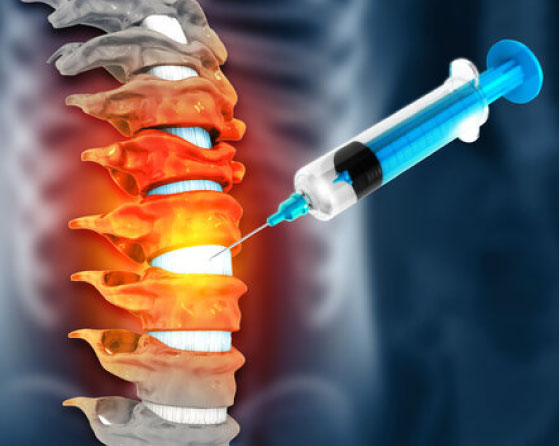Introduction
Low back pain is a common ailment affecting millions of people worldwide. It can be debilitating, hindering everyday activities and diminishing overall quality of life. While there are various treatment options available, injection-based therapies have emerged as an effective and minimally invasive approach for managing low back pain. In this article, we will delve into the world of injection-based treatments and explore their benefits, types, and considerations.
Understanding Injection-Based Treatments
Injection-based treatments for low back pain involve the targeted delivery of medications or substances directly into the affected area. These injections can provide temporary relief, reduce inflammation, and promote healing by targeting specific sources of pain. This approach offers several advantages over oral medications, as it allows for more precise and concentrated pain relief.
Types of Injection-Based Treatments
Epidural Steroid Injections (ESIs): ESIs are one of the most common injection-based treatments for low back pain. They involve the injection of a corticosteroid medication, such as methylprednisolone or dexamethasone, into the epidural space near the spinal nerves. This treatment can help reduce inflammation, alleviate pain, and improve overall mobility. ESIs are often recommended for conditions such as herniated discs, spinal stenosis, and degenerative disc disease.
Facet Joint Injections: Facet joint injections involve the injection of a local anesthetic and a corticosteroid medication directly into the facet joints located in the spine. These injections can help relieve pain originating from the facet joints, which can be caused by arthritis, injury, or degenerative changes. Facet joint injections provide short-term pain relief and can aid in the diagnosis of the source of pain.
Sacroiliac Joint Injections:Sacroiliac joint injections are administered directly into the sacroiliac joints, which connect the sacrum and the pelvis. These injections often contain a local anesthetic and a corticosteroid. Sacroiliac joint injections can be useful for diagnosing and treating pain arising from conditions such as sacroiliac joint dysfunction and sacroiliitis.
Trigger Point Injections:Trigger point injections involve the injection of a local anesthetic or a mixture of anesthetic and corticosteroid directly into muscle knots or trigger points in the lower back. These injections can help relax tight muscles and alleviate pain caused by muscle spasms or myofascial pain syndrome.
AT ALLEVIATE
We go a step further and strengthen the lower back with Comprehensive Platelet Rich Plasma and Prolotherapy treatment covering the facet joints, spinous processes, transverse processes, sacroiliac joint and the ligament bone attachments in the area.
Considerations and Precautions
While injection-based treatments for low back pain can provide significant relief, it is essential to consider certain factors before proceeding with these therapies:Proper Diagnosis: Accurate diagnosis of the underlying cause of low back pain is crucial. Consulting with a qualified healthcare professional, such as a pain management specialist or an orthopedic physician, is essential to identify the source of pain and determine the most appropriate injection-based treatment.
Potential Risks and Side Effects: Although injection-based treatments are generally safe, they carry some risks. Potential side effects may include temporary pain at the injection site, infection, allergic reactions, or changes in blood sugar levels. It is important to discuss these risks with your healthcare provider and address any concerns you may have.
Individualized Treatment Plan: Every patient’s situation is unique, and treatment plans should be tailored accordingly. Injection-based treatments are often part of a comprehensive approach that may include physical therapy, exercise, and lifestyle modifications. Your healthcare provider will consider your specific needs and design a treatment plan that suits you best.
Conclusion
Injection-based treatments offer a promising solution for individuals suffering from low back pain. They provide targeted relief, reduce inflammation, and can help improve overall function and quality of life. However, it is crucial to consult with a healthcare professional, receive an accurate diagnosis, and discuss the potential risks and benefits before embarking on this course of treatment. With the right approach and personalized care, injection-based therapies can be a ray of hope for those seeking relief from low back pain.





